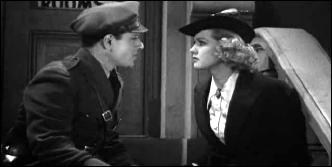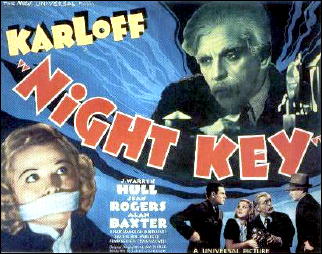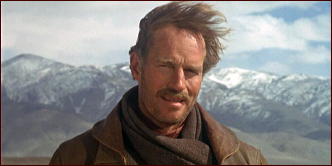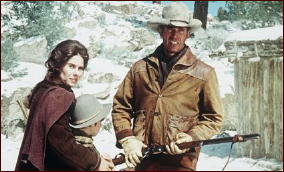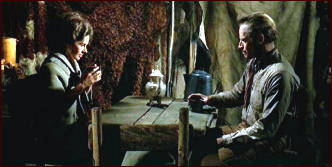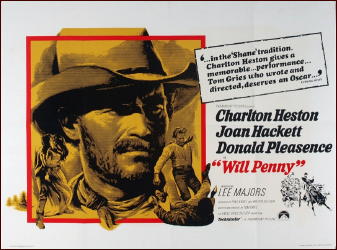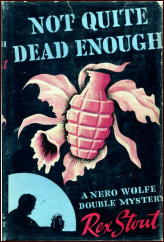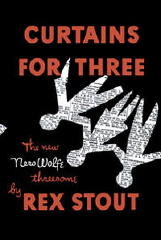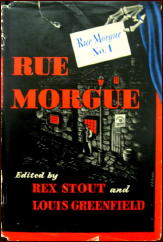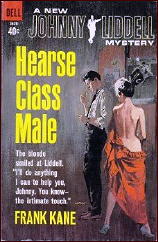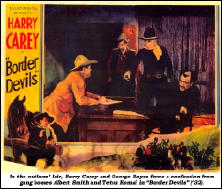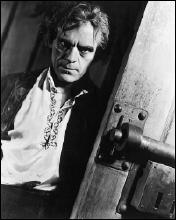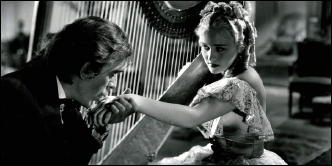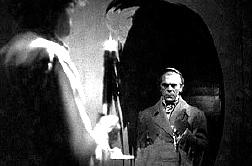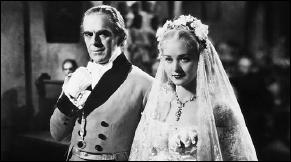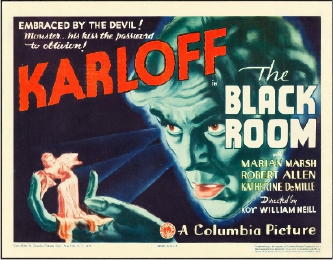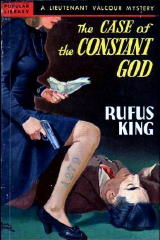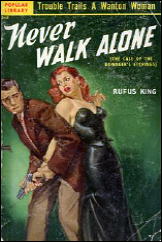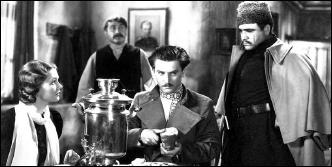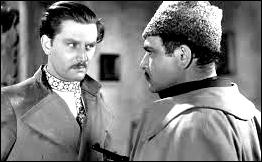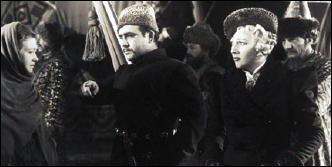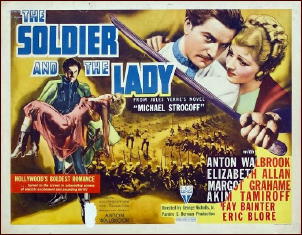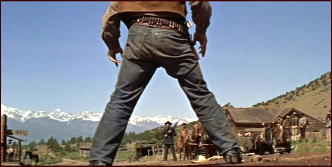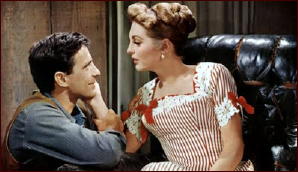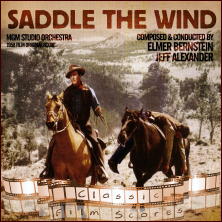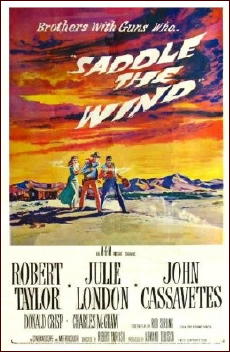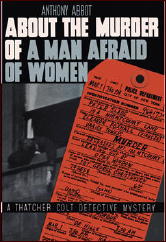Mon 9 Jun 2014
Movie Review: NIGHT KEY (1937), with BORIS KARLOFF.
Posted by Steve under Crime Films , Reviews[3] Comments
NIGHT KEY. Universal Pictures, 1937. Boris Karloff, Warren Hull, Jean Rogers, Alan Baxter, Hobart Cavanaugh, Samuel Hinds, Ward Bond. Director: Lloyd Corrigan.
This film, as I understand it, was unavailable in the non-bootleg market for some time, but it finally made an official appearance in a nicely done Boris Karloff box set that came out about eight years ago. I think it safe to say that if Mr. Karloff were not in this film, this would be yet one more orphaned film never to see the light of day on DVD, much less one as clear and crisp as this one is.
Night Key, though, might disappoint those fans of Mr. Karloff who think of him as only a villain or a mad scientist (often both at the same time). He plays an elderly old inventor named Dave Mallory in this one, a bumbling old fellow who got cheated out of the royalties for his earlier invention, one that has made thousands if not millions for the owner of a security firm who has used his electronic locking device for several years now, installed in hundreds if not thousands of businesses, both large conglomerates and small mom-and-pop’s.
So much a bumbling old fellow that when he comes up with a new invention, one that improves on the old one by a huge factor, where does he go with it? To the very same guy who cheated him once before. Even using a lawyer to draw up the contract does not avail – the lawyer himself is crooked.
To avenge himself upon these miscreants, the near-sighted Dave Mallory recruits a fellow in small crime (Hobart Cavanaugh, as “Petty Louieâ€) to break into firms that use the old security device, not to steal or thieve, but to rummage around, rearrange things, and simply let the bad publicity take its toll.
There are two distinct parts to this movie, split right down the middle at the halfway point. The first is nearly a comedy-type adventure as well as it is a set-up for the second half – it turns out that Petty Louie was the lucky 10,000th victim nabbed in the act by the security company’s first device, only to be snatched out the lockup by Mallory and the skillful use of the new one – and Mr. Karloff’s version of an elderly old man shuffling around in a constant state of bewilderment is right on – body language and all. (He was 50 at the time. His character seems to be nearing his eighties.)
But the second half, which begins the minute a gang of real crooks gets wind of Mallory’s new device, is as straightforward as a line drawn from this point to the next. Lots of cars speeding their way down streets, sirens wailing; kidnapping and other threats at gun point, and subsequent shootouts – there’s not much funny stuff going on here, especially not when one the primary participants ends up dead, to the notice of very few. Mr. Karloff’s skill in creating the wonderful character which he did is all but wasted.
There is also a small romance going on throughout the film, between one of the security guards (Warren Hull, in a silly uniform throughout) and Jean Rogers (Dale Arden, once upon a time), which serves largely as a time-filler. It does make one wonder, though, how old bumbling scientists and inventors obsessed with their work ever find the time and opportunity be sire such beautiful daughters as they do in movies such as this one.


